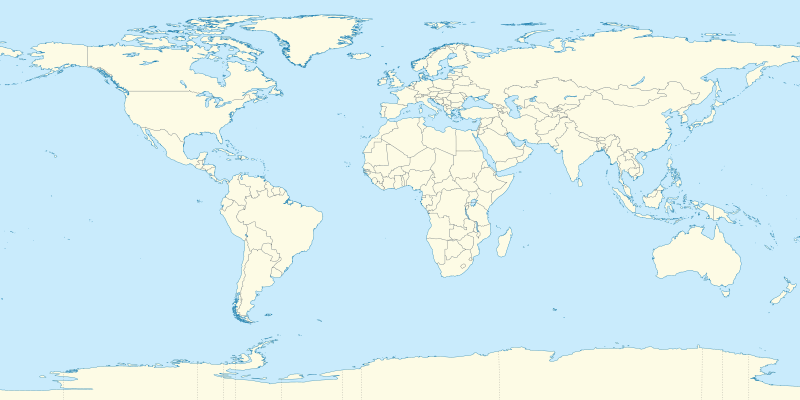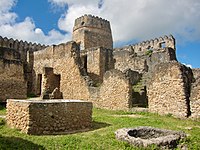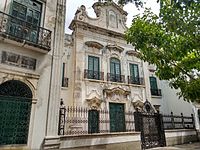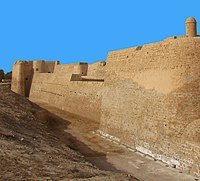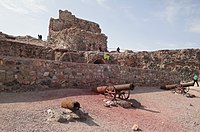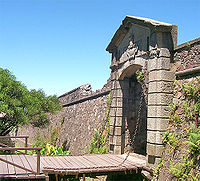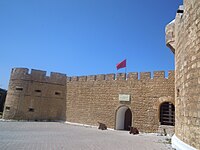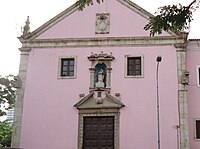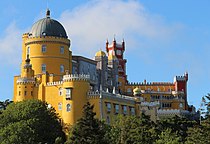Seven Wonders
| Image | Wonder | Location | Note |
|---|---|---|---|
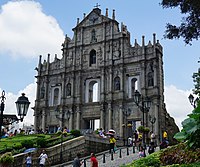 | Ruins of São Paulo Church & College | Built 1602-1640. | |
 | Fortress of Diu | Diu, | Built 1534-1546. |
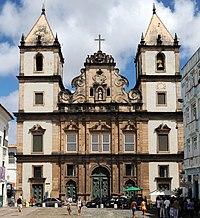 | Church & Convent of São Francisco | Salvador, | Built 1686-1755. |
 | Fortress of Mazagão | El Jadida, | Built 1541-1542. |
 | Basilica of Bom Jesus | Goa, | Built 1594-1605. |
 | Church of São Francisco de Assis | Ouro Preto, | Built 1766-1794. |
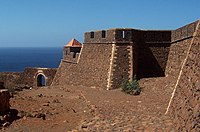 | Cidade Velha | Santiago, | Built 1460-1593. |
